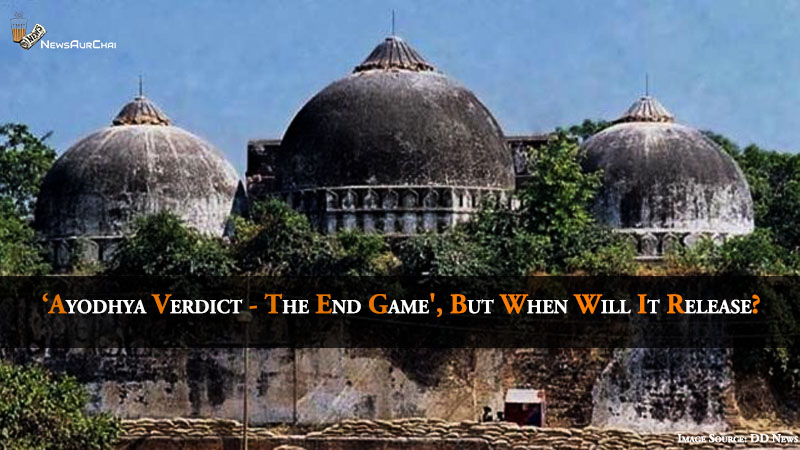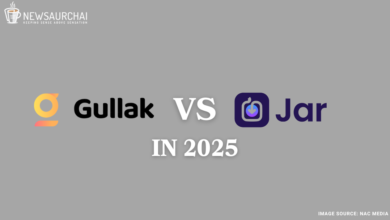
There are some questions which are pretty tricky to answer. You must have read somewhere, “there are some questions which even google cannot answer.” Well, that’s true. Currently, the status of the Ayodhya Temple is the same. If you would ask me, what is the state of Ayodhya Temple? I would answer, it’s complicated! So I am sure; even google cannot explain in one word like this because of the complications involved.
What is this Ayodhya case all about?
Both Hindus and Muslims are after a piece of land which is about 2.77 acres in area. This piece of land has religious sentiments attached to it, which have made it into national news. During the Mughal era, Babri Mosque stood on this land. In December 1992 it was demolished by a mob of Hindus who believed that Lord Ram was born on that particular land. This demolition led to nation-wide riots in a wave of violence that killed hundreds of people and ruined the social fabric of the country. Such dispute is not new to the country; the first violent conflict on the temple-mosque issue took place in 1853, which was followed by multiple controversies over the years.
How can it be resolved?
Mediation is seen as medicine which says one-third land for all; that is one-third for public utility, one third for temple and one-third for the mosque. The mediation has been tried earlier, but it has failed. In July this year, it was reported that Muslim petitioners agreed to give up claim on disputed land and allowed the construction of Ram temple.
However, in August, court-appointed mediators informed the Supreme Court that their efforts failed to settle the issue. Later, it was found that some Hindu and Muslim parties had rejected the terms of the settlement. With the help of some source, it was found out that some Muslim clerics including Maulana Arshad Madani, who heads Jamiat Ulema-e-hind declined to support the settlement. However, recently, there have been talks of mediation again. This came after the chief Muslim petitioner Central Sunni Waqf Board came up with the letter saying out-of-court settlement can arrive within one or two weeks.
The Supreme Court bench headed by Chief Justice Ranjan Gogoi accepted it and allowed the mediation process to resume. However, the Supreme Court has not set any deadline for the mediation process. Though it is clearly said that court hearing will wrap up on October 18th, the verdict will be reserved, the Chief Justice Gogoi is assumed to retire on November 17, and a verdict is likely to be issued before that date.
Will the remedy of mediation work?
Critics have commented that mediation may look like a sophisticated way to resolve the Ayodhya issue amicably, but Supreme court has let go away the issue from the legal boundaries. Some people think mediation should be given a chance as its a far-sighted approach. Some feel it is an excellent remedy for a secular country like India. Although this solution is only useful if it works correctly, and for that, we need to wait and watch once again.
In conclusion, we have the remedy in hand, but we don’t know how well it will work. Just like an old embedded disease in the body, this issue of Ayodhya temple is now embedded in our society. What do you think? Will we ever be able to get rid of it? Or we will keep giving it homoeopathic treatment feeling that it will resolve one day soon. Isn’t it highlighting the incapabilities of our government and our constitution which is unable to resolve the issue? Consider giving it a thought.






One Comment